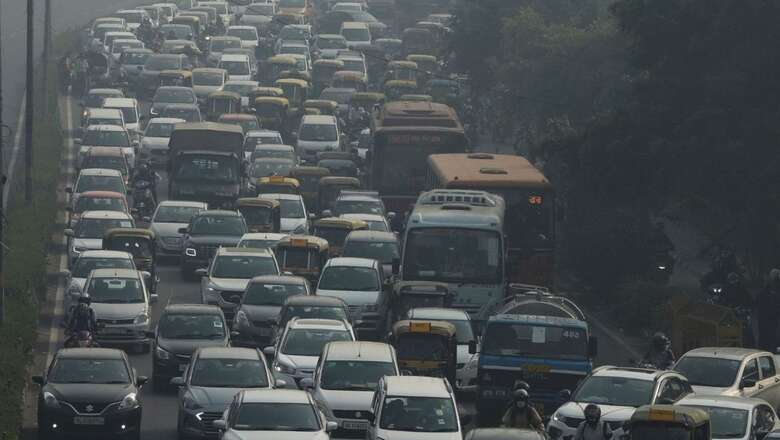
views
Studies pertaining to emission inventory, conducted by the Center for Study of Science, Technology, and Policy (CSTEP) have attributed transportation and road dust as the biggest contributors to air pollution in Bengaluru city.
The studies namely, ‘Emission Inventory and Pollution Reduction Strategies for Bengaluru’ and ‘Identification of Polluting Sources for Bengaluru – Source Apportionment Study’, revealed that the total PM10 emission load for Bruhat Bengaluru Mahanagara Palike (BBMP) areas would reach around 28,000 tonnes a year by 2024 under the business-as-usual scenario (BAU). It further estimated that in the year 2019, around 24,600 tonne PM10 and 14,700 tonne PM2.5 were emitted within the civic body’s limits.
The studies which were conducted under the aegis of Karnataka State Pollution Control Board (KSPCB) recommended multiple ways to curb pollution generated from transportation.
Some of these included a multi-pronged approach to control particulate matter emissions, PM10 and PM2.5, deployment of electric vehicles with charging stations at regular distances along with the proper implementation of the vehicle scrapping policy, and also the need for regular servicing of public transport vehicles, such as shared autos, buses and heavy vehicles (dumper trucks, trolleys).
The studies recommended vacuum sweeping of dust from paved roads, laying end-to-end pavements and covering barren areas on the roadside with green covers and studying the efficacy of mechanical sweepers before deploying them. It also suggested, keeping the construction material fully covered while in transit to emit pollution caused due to construction dust. Providing last-mile connectivity for transporting debris to processing plants was also recommended in the study as an effective way to curb pollution.
Talking to Indian Express, head of the Centre for Air Pollution Studies at CSTEP, Dr Pratima Singh stressed on the need to analyse pollution sources for identifying effective control measures for a city’s air pollution issue.
“Emission inventory and source apportionment studies are vital to understanding the polluting activities, associated emission load and sources contributing to the ambient air pollution in a city.“With Bengaluru identified as one of the non-attainment cities in India, it was crucial to carry out these studies and prepare efficient strategies. The study found transportation to be the major contributor (40% to 51%), followed by road dust resuspension (17% to 51%). Other polluting sectors include construction dust, domestic fuel, and diesel generators.” she was quoted saying.
Another finding from the source apportionment study said that the annual mean ± standard deviation of PM2.5 mass concentration for Bengaluru city is less than the annual permissible limit specified by the Central Pollution Control Board (CPCB), while that of PM10 mass concentration is around 1.3 times higher than the CPCB limit. It also revealed that the transportation sector emissions contributed the most to PM2.5 pollution, while soil dust is the top contributor to PM10.
“Although the share of PM emissions from industries is very low, they contribute the highest SO2 emission (45%). Diesel Generator sets contribute heavily to NOx (28%) and SO2 (36%) emission. These gaseous compounds are precursors to secondary PM and the reduction of these pollutants will greatly reduce the PM concentration over Bengaluru. The use of diesel in generator sets should be restricted with renewable energy being used instead,” the study read.
The study also listed out a strategic road map for all control measures which included the targets to be achieved till 2024 and identifies the departments responsible for their implementation. In addition, it also evaluated the costs to be incurred by the government to implement these measures.
While some of the measured were found to be already a part of the city implementation strategy, it was understood that if other recommendations were implemented as well, Bengaluru could see possible concentration reductions of 26.5 per cent, 13.5 per cent and 9.6 per cent for high, medium and low-emission reduction scenarios (measures clubbed with varying levels of compliance), respectively, for both PM10 and PM2.5 by 2024.
“The recommendations from these studies will help modify the action plan developed under NCAP for effective implementation. This will help plan and prepare futuristic strategies for making Bengaluru a model city with an improved quality of life for citizens, better environment, and ecology,” KSPCB Chairman Dr. Shanth A Thimmaiah was quoted telling the Indian Express.
Speaking at a function organized by the KSPCB, where air pollution studies conducted by the CSTEP were launched, CM Bommai said that the essence of these research studies needs to be disseminated in the public domain to get citizens actively engaged in understanding and controlling the problem of air pollution.
” The state government will work with the KSPCB to control the problem of air pollution in Bengaluru. However, scientific studies are essential to understand the problem and for this, we need to work hand in hand with research institutes,”.
Read all the Latest India News here











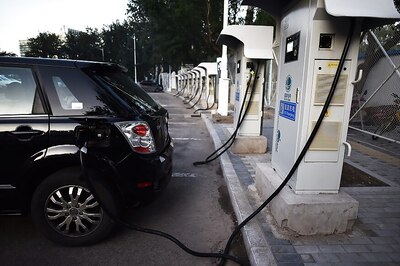



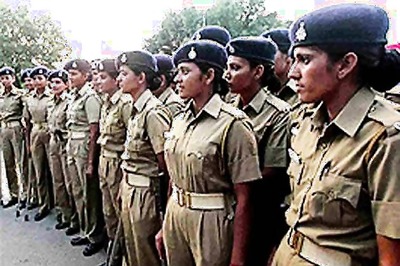
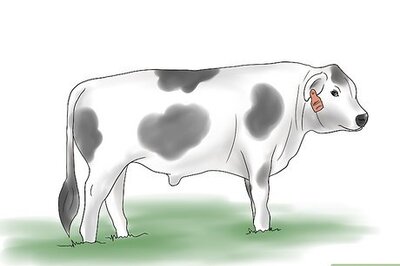
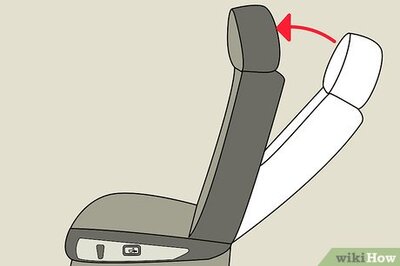

Comments
0 comment